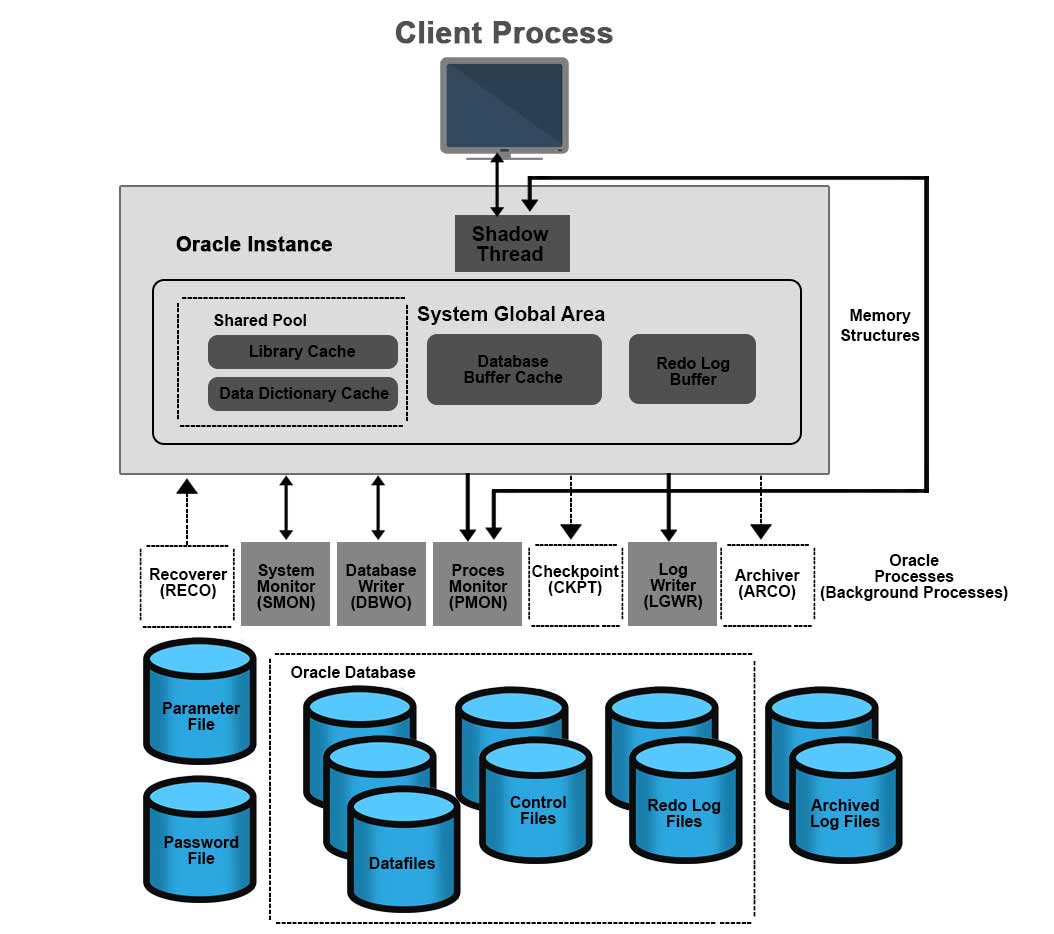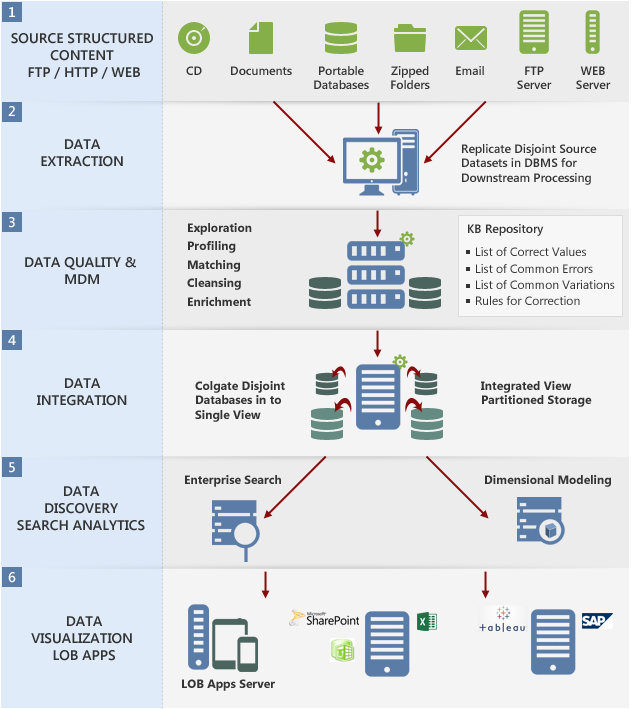

In practice, it can be difficult to draw a clear line between data architecture and business, applications, and technical architectures, depending on the nature of an organization, its goals, and its size.

Technical architecture, or technology architecture, which describes the hardware, software, and network infrastructure needed to support the deployment of core, mission-critical applications.Applications architecture, which provides a blueprint for the individual systems to be deployed, the interactions between the application systems, and their relationships to the core business processes of the organization.Data architecture, which describes the structure of an organization’s logical and physical data assets and the associated data management resources.Business architecture, which defines the business strategy, governance, organization, and key business processes of the organization.The Open Group Architecture Framework (TOGAF) describes four types of architecture: The Open Group, a consortium of IT industry leaders committed to “the development of open, vendor-neutral technology standards and certifications” in the realm of data technologies, maintains a framework for understanding data architecture in the context of other aspects of an organization’s IT infrastructures. In terms of organizational structure, data architecture may encompass personnel who have access to relevant and potentially sensitive data, policies governing data access, and the protocols for the secure distribution of data to relevant parties, including analytics specialists, operations managers, marketing departments, and others, depending on the size and type of the organization.
#Dataarchitect software#
From an IT standpoint, an organization’s data architecture typically includes data storage and warehousing systems (e.g., databases), computer networks that serve as data pipelines and provide access to stored data, and software platforms and analytics applications that process data in order to further an organization’s goals. Data Architectureĭata architecture refers both to the IT systems that facilitate the collection, storage, distribution, and consumption of data within an organization, and to the policies that govern how data is collected, stored, distributed, and accessed within an organization. They also typically work with members of a data team, which may include data engineers, data miners, data scientists, and data analysts, in areas related to data collection, data storage, data security, and data systems access. Data architects may act as liaisons between the IT side of an organization and other departments, aligning data collection and distribution policies with the organization’s operational and strategic objectives. Home > Online Analytics Degree Programs > FAQs > FAQ: What Is a Data Architect? Question: What Is a Data Architect?Īnswer: A data architect is an information technology (IT) specialist who designs and manages data systems, sets policies for how data is stored and accessed, coordinates various data sources within an organization, and integrates new data technologies into existing IT infrastructures.


 0 kommentar(er)
0 kommentar(er)
